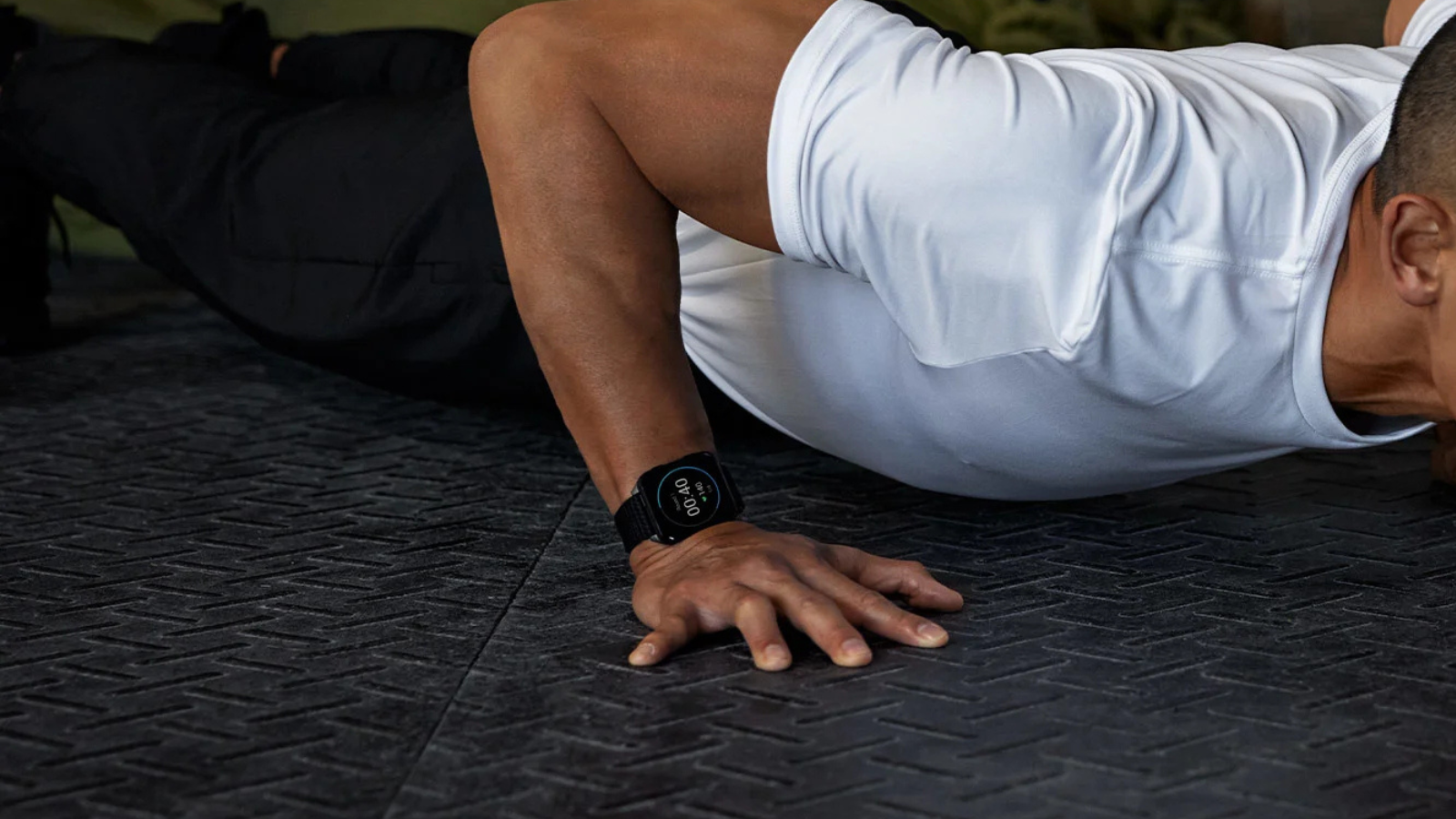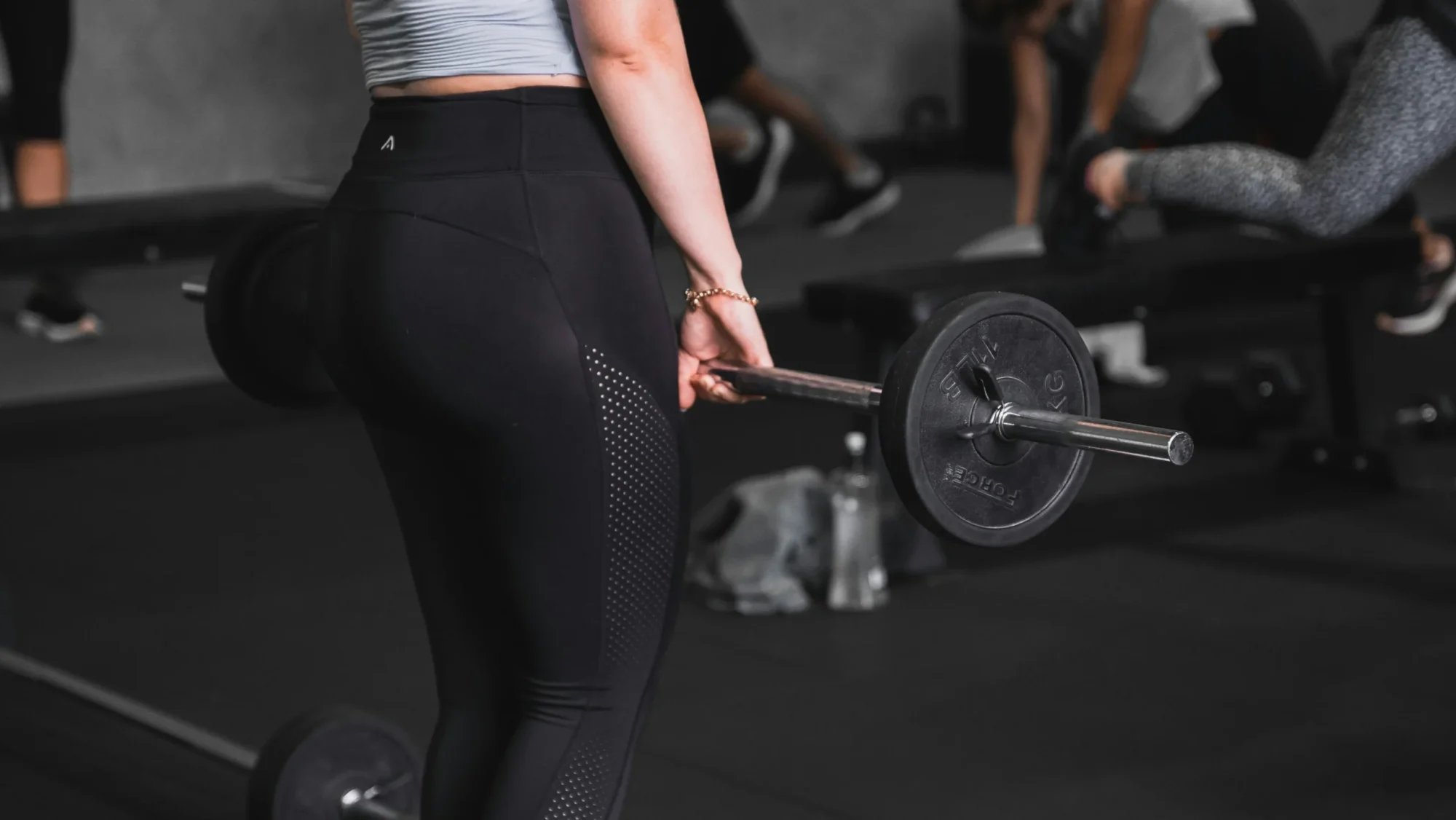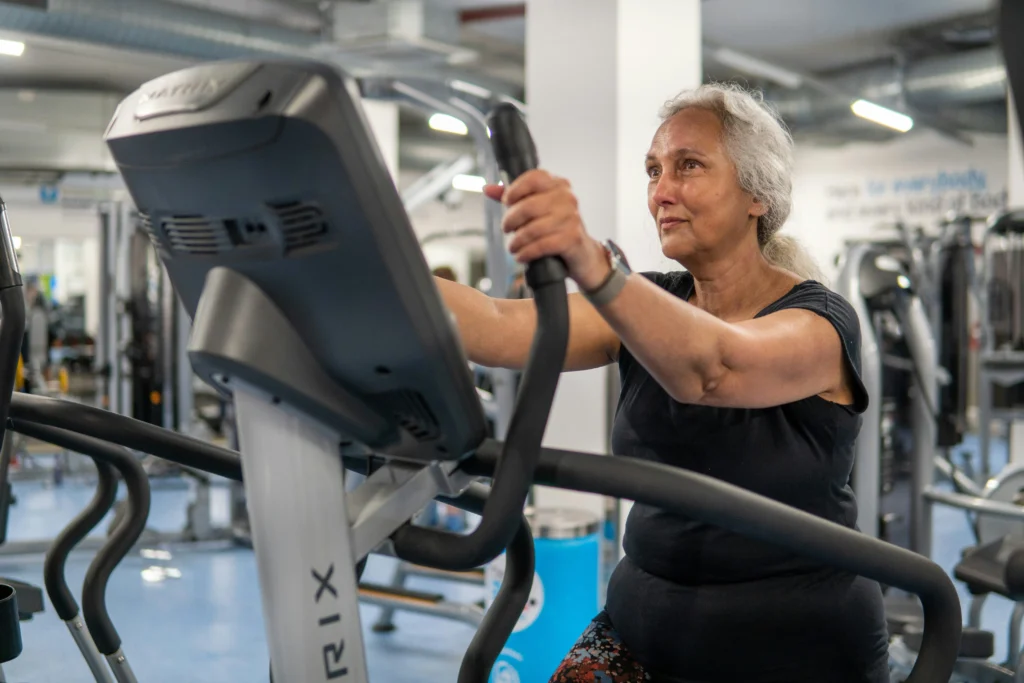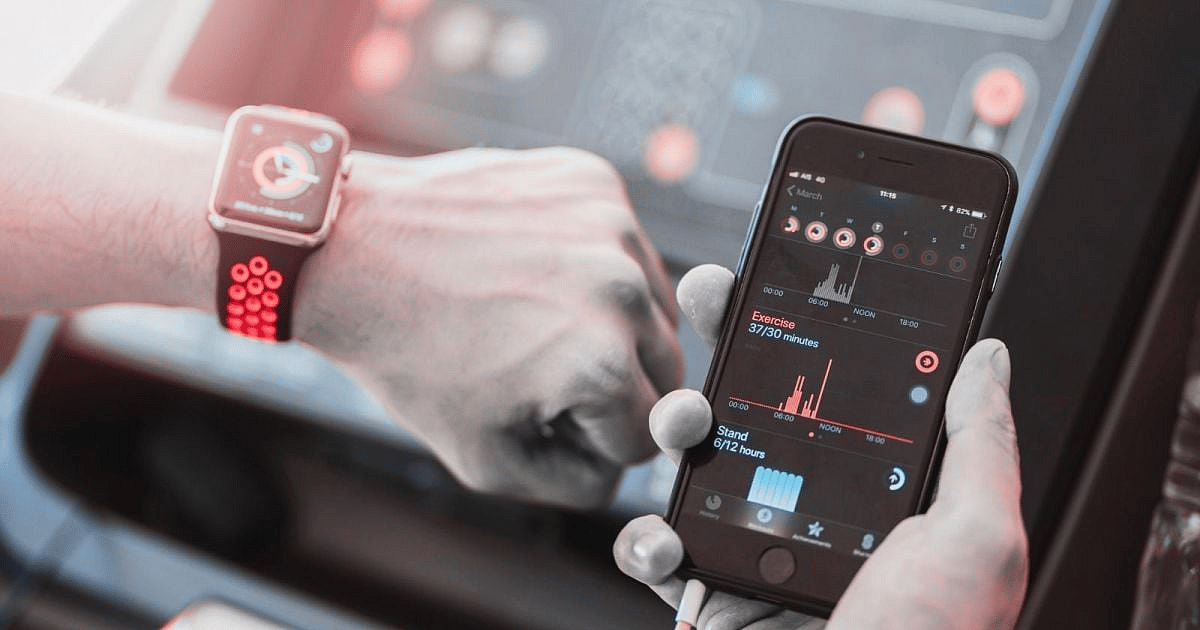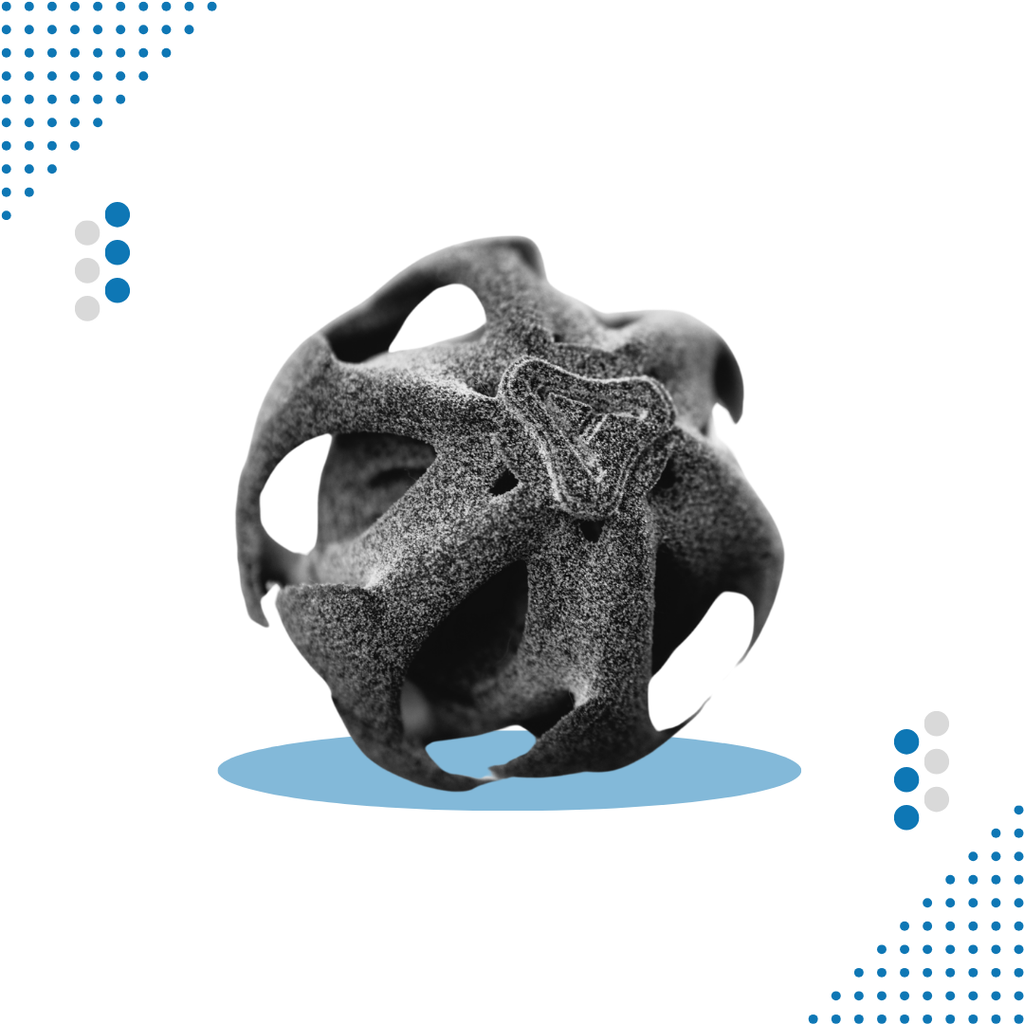In sports, even the smallest detail can make a big difference. For Indian athletes trying to compete at the highest level, training harder is important. But training smarter is what sets the best apart. That’s where wearable devices are stepping in. From fitness bands to smartwatches and skin sensors, these tools are quietly changing how Indian athletes manage their health and performance.
They are now being used to track three very important things like hydration, sleep, and stress. These may sound simple, but they have a big impact on how an athlete performs, recovers, and stays injury-free.
Why Hydration, Sleep, and Stress Matter
Hydration
Water is not just something athletes drink after a workout. It plays a key role in how muscles move, how quickly a person recovers, and how focused the brain stays. In hot Indian weather, especially during outdoor sports like athletics, cricket, and kabaddi, losing too much fluid can cause cramps, fatigue, and even dizziness.
Sleep
Sleep helps the body repair itself. Athletes need quality sleep to recover from heavy training, heal small muscle tears, and feel fresh for the next session. Poor sleep means slower reaction times, poor focus, and higher chances of getting injured.
Stress
Every athlete, from beginners to Olympians, deals with pressure. It could be the stress of competition, fear of failure, or personal issues. If ignored, stress can affect physical health, mood, and overall performance. Learning to monitor and manage stress is just as important as any workout.
How Wearables Are Helping Indian Athletes
Tracking Hydration in Real-Time
New wearable patches can now track how much an athlete sweats and how many salts they lose during training. Some smart bottles and bands even remind athletes when they need to drink water.
For example, wrestlers and hockey players training in the heat use these devices to keep track of their hydration levels. Coaches then adjust their water intake or suggest drinks that restore lost minerals.
Monitoring Sleep Quality
Fitness trackers like Fitbit, Garmin, and even some budget-friendly smartwatches can measure how long and how well an athlete sleeps. They break down sleep into light, deep, and REM cycles. This helps athletes understand whether they are getting enough rest to recover fully.
In Khelo India camps, young athletes are being guided on how to read their sleep data. Based on these readings, coaches help them set sleep routines, reduce screen time before bed, and avoid late-night training if needed.
Measuring Stress Levels
Many wearables now include features that track heart rate variability, which can be a sign of stress. These devices alert the athlete if their body is under more pressure than usual. They may also suggest simple steps like deep breathing, taking a short break, or meditating.
Take the example of a badminton player who sees a spike in stress levels before an important match. Instead of ignoring it, her coach can modify her warm-up and include calming activities to help her stay focused.
Making Sports Science Reach Everyone
Not long ago, only top athletes could afford such smart devices. But thanks to government programs like Khelo India and private sports academies, wearable technology is now reaching more young athletes across the country.
Sports startups are building cheaper devices that work well in Indian conditions. Training centres in cities like Pune, Bengaluru, and Hyderabad are combining traditional sports knowledge with modern technology. This blend of science and skill is helping athletes get better, faster, and healthier.
The Challenges
There are still some hurdles to overcome.
-
Many athletes in rural areas do not have access to smartphones or smart devices.
-
Too much data can be confusing if there is no one to explain it properly.
-
Data privacy is also a concern, especially when multiple apps and platforms are involved.
That is why support from coaches, sports scientists, and the government is important. Athletes should be taught not just how to use wearables, but how to use them wisely.
The Road Ahead
Wearables are not replacing human coaches. They are simply giving athletes better tools to understand their own bodies. They offer real-time information that can prevent injuries, improve focus, and build better habits.
For India, a country with so much young sporting talent, wearable technology can be the silent partner that helps turn potential into performance. As more athletes gain access to these tools, we can expect not just more medals but also healthier, more informed, and well-rounded sportspersons.
The journey has already begun, and with every heartbeat, step, and drop of sweat tracked correctly, the future of Indian sports looks stronger than ever.

